GIF is better for solid colors, exact detail, and small text. JPG may lose the details and is often bigger.
|
 |
GIF
1,542 bytes
|
 |
Enlarged detail
|
This is an example of using a GIF for line art. It is compressed well and rendered well. |
 |
JPG
5,433 bytes
|
 |
Enlarged detail
|
This is an example of using a JPG inappropriately for line art. Note the loss of detail and poor compression. |
JPG is better for photographs. The same picture as a GIF will probably be bigger (therefore take longer to load in a browser) and look no better or worse.
|
 |
GIF
30,327 bytes
About 10 seconds to load @28.8
|
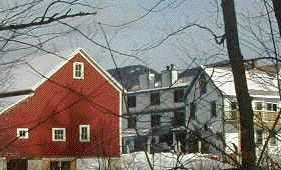 |
This is an example of using a GIF for a photograph. Note the poor compression (almost 2 times bigger than the JPG), and 8-bit 256-color image. |
 |
JPG
15,996 bytes
About 6 seconds to load @28.8
|
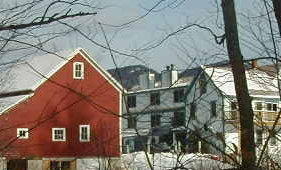 |
This is an example of using a JPG for the same photograph. Note the good compression and 24-bit, full-color image. (You will see the color difference best on a PC with a video card displaying more than 256 colors). |
 |
GIF
13,534 bytes
About 5 seconds to load @28.8
|
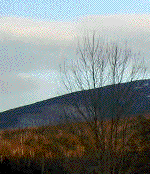 |
This is a more extreme comparison of GIF vs. JPG for a photograph. Note how much more storage space is taken up by the GIF. |
 |
JPG
5,822 bytes
About 2 seconds to load @28.8
|
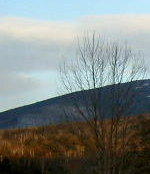 |
Images like this, with color gradations, show off the benefits of using a JPG. The GIF is 2.3X bigger and looks worse than this JPG. |
Use the lower quality settings for JPG compression. The added detail you get with high quality compression will not be noticeable on web pages, but the larger file size will slow loading substantially.
|
 |
High Quality JPG
29,816 bytes
About 10 seconds to load @28.8
|
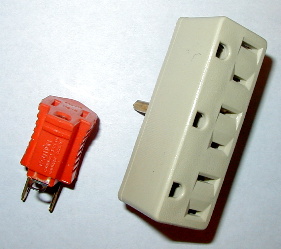 |
This is a JPG compressed with high quality (low loss) compression. Note how much more storage space it takes up than the next image.
Here is an enlarged detail:
 |
 |
Low Quality JPG
10,939 bytes
About 4 seconds to load @28.8
|
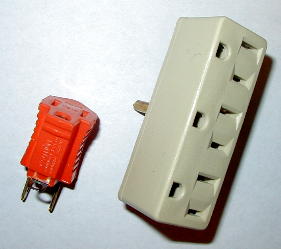 |
This is the same image compressed with low quality (high loss) compression. The difference in quality is not significant for most web sites, but the size reduction is (2.7X).
Here is the detail:
 |











